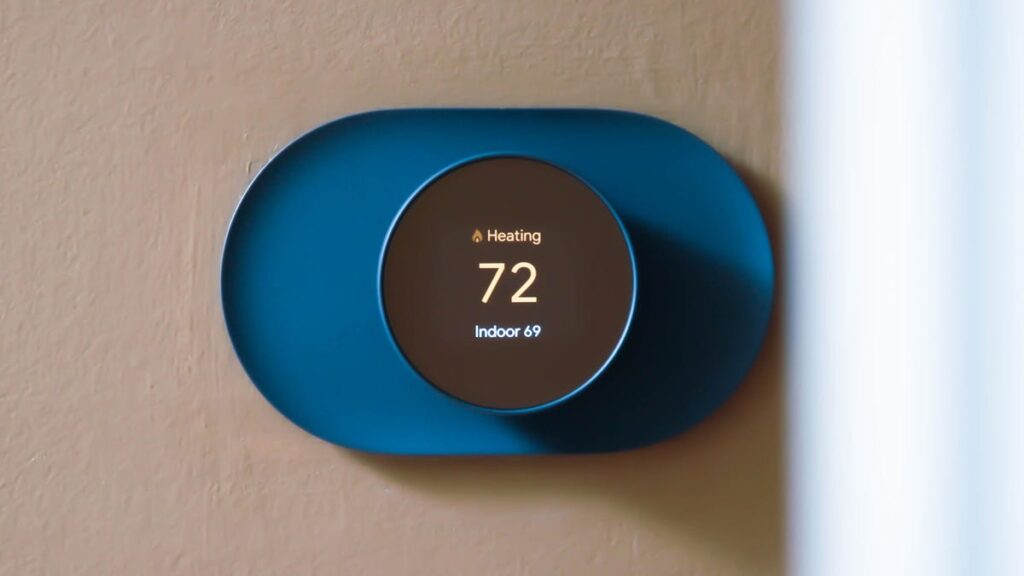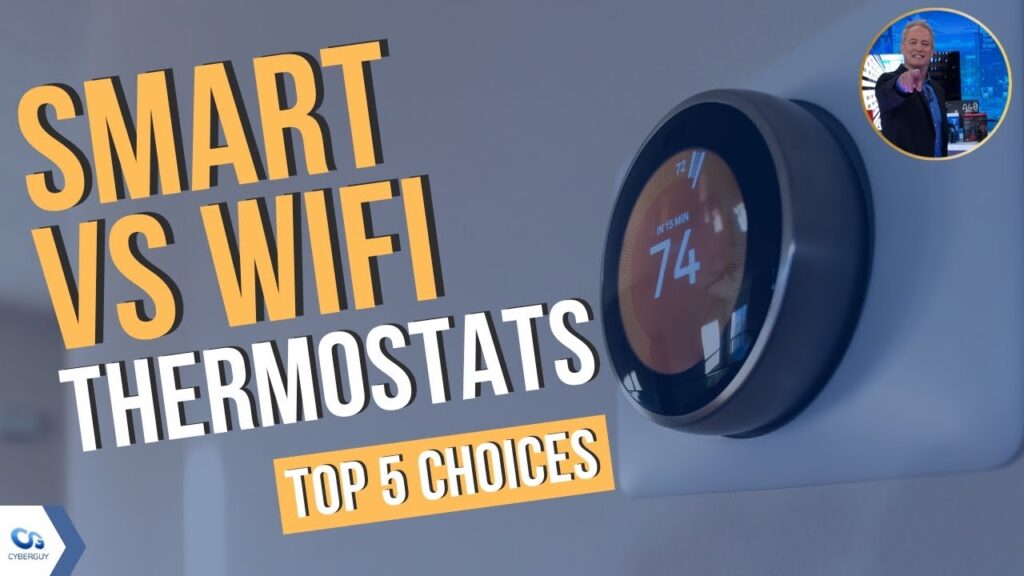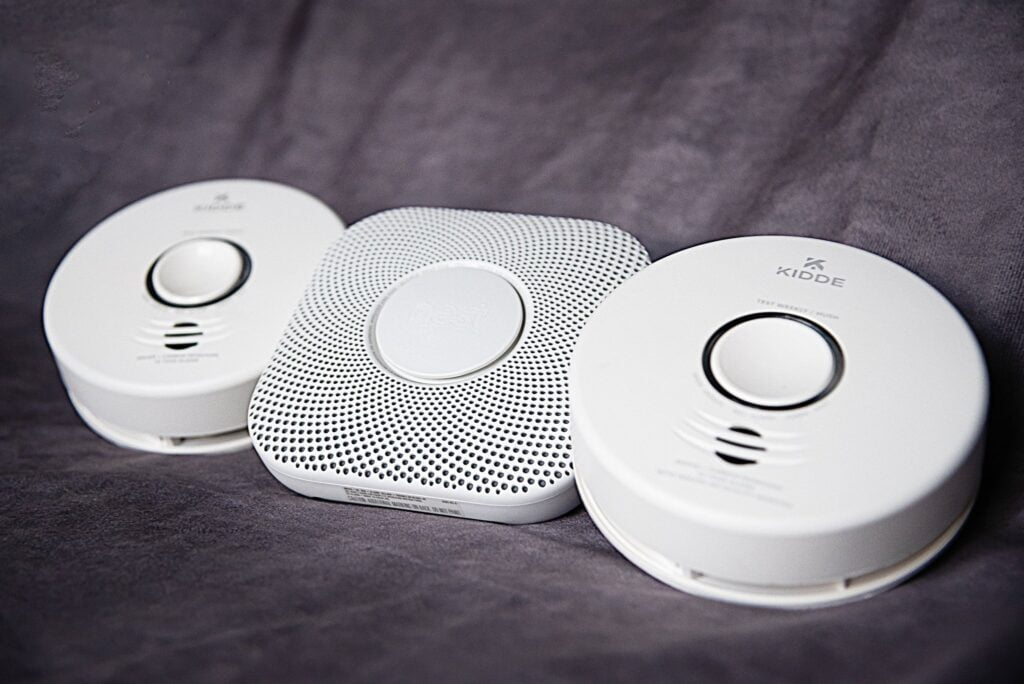Smart Thermostats And Home Automation: The Future of Energy Efficiency
Smart thermostats and home automation provide convenient control over temperature and energy usage in your home. With features like remote access, scheduling, and integration with voice assistants, these devices offer an efficient and customizable way to manage your home’s climate settings. They are easy to install and use, offering accurate temperature readings and energy savings. However, it is important to note that smart thermostats are typically more expensive than manual or programmable thermostats, and not all models are compatible with every heating and cooling system. It’s essential to research and choose a smart thermostat that suits your specific needs and works seamlessly with your home setup. Credit: www.cloverelectric.com Why Smart Thermostats Are The Key To Energy Efficiency Benefits Of Smart Thermostats For Energy Efficiency Smart thermostats are revolutionizing the way we control and manage our home’s energy consumption. These innovative devices offer a range of benefits that make them essential for achieving optimal energy efficiency. Here are some key advantages of using smart thermostats: Energy savings: Smart thermostats allow you to program temperature settings based on your schedule and preferences. By adjusting the temperature when you’re away or asleep, you can significantly reduce energy waste and lower your utility bills. Remote access: With smart thermostats, you can control the temperature of your home from anywhere using your smartphone or other smart devices. This feature enables you to adjust the temperature settings while you’re on the go, ensuring optimal energy efficiency. Learning capabilities: Some smart thermostats have learning algorithms that analyze your behavioral patterns and automatically adjust the temperature settings accordingly. This intelligent feature helps maximize energy efficiency by adapting to your lifestyle. Integration with home automation systems: Smart thermostats seamlessly integrate with other smart devices in your home automation system, creating a synchronized ecosystem that optimizes energy usage. For example, you can program your thermostat to adjust the temperature when motion sensors detect that no one is in the room, further conserving energy. How Smart Thermostats Work To Conserve Energy Smart thermostats employ advanced technology to conserve energy and promote greater efficiency. Here’s how they work: Scheduled programming: Smart thermostats allow you to create customized schedules for temperature changes throughout the day. By programming temperature adjustments based on your occupancy patterns, you can avoid unnecessary energy consumption. Temperature sensors: Many smart thermostats come equipped with built-in temperature sensors that monitor the conditions in different areas of your home. This data helps the thermostat make intelligent decisions about when to cool or heat specific zones, thereby optimizing energy usage. Geofencing: Geofencing technology enables smart thermostats to detect your location and adjust the temperature accordingly. For example, when you leave your home, the thermostat can automatically switch to an energy-saving mode, conserving energy until you return. Usage data analysis: Smart thermostats analyze your energy usage data over time to identify patterns and suggest energy-saving improvements. These insights help you make informed decisions about your energy consumption habits and make adjustments to achieve greater efficiency. Real-life Examples Of Energy Savings With Smart Thermostats Smart thermostats have proven to be highly effective in saving energy and reducing utility costs. Here are some real-life examples demonstrating the energy-saving potential of these devices: Case Study Energy Savings Austin Residence Average monthly energy savings of 20% after installing a smart thermostat, resulting in annual savings of over $500. Seattle Apartment Reduced heating and cooling costs by approximately 30% by using a smart thermostat with geofencing capabilities. Los Angeles Office Achieved energy savings of 15% by implementing a smart thermostat and optimizing temperature settings based on occupancy data. These examples highlight the significant energy-saving potential of smart thermostats in various residential and commercial settings. By investing in a smart thermostat, you can experience substantial savings and contribute to a more sustainable future. Integrating Smart Thermostats Into Home Automation Systems How Smart Thermostats Fit Into The Broader Concept Of Home Automation Integrating smart thermostats into home automation systems is a key step towards creating a truly connected and efficient smart home. Smart thermostats are designed to regulate the temperature in your home, providing optimal comfort while also saving energy. However, their capabilities extend beyond just temperature control. Smart thermostats have the ability to communicate with other smart devices in your home, allowing for seamless integration and automation. Compatibility Between Smart Thermostats And Other Smart Home Devices One of the major advantages of smart thermostats is their compatibility with a wide range of other smart home devices. Whether you have smart lighting, security cameras, or even voice-controlled assistants, most smart thermostats can integrate with these devices, creating a truly connected and automated home. In terms of compatibility, it’s important to note that different smart thermostats may have varying levels of compatibility with certain devices. Therefore, before making a purchase, it’s essential to research and ensure that the smart thermostat you choose is compatible with the other devices you already have or plan to add to your home automation system. Advantages Of Integrating Smart Thermostats With Other Home Automation Systems Integrating smart thermostats with other home automation systems brings numerous advantages. Let’s take a look at some of the key benefits: Energy efficiency: By integrating your smart thermostat with other devices, such as smart lights and motion sensors, you can create energy-saving automation routines. For example, when no one is home, the smart thermostat can adjust the temperature and turn off unnecessary lights, helping to reduce energy consumption. Enhanced comfort: When smart thermostats are integrated with other home automation systems, they can work together to create the perfect environment for your comfort. For instance, your smart thermostat can sync with your smart blinds, adjusting them to let in natural light or block out excess heat, based on the temperature and time of day. Convenience and control: Integrating your smart thermostat with voice-controlled assistants, such as Alexa or Google Assistant, allows you to control the temperature using voice commands. Imagine being able to simply say, “Hey Google, set the thermostat to 72 degrees,” without having to get up from your seat.
Smart Thermostats And Home Automation: The Future of Energy Efficiency Read More »









